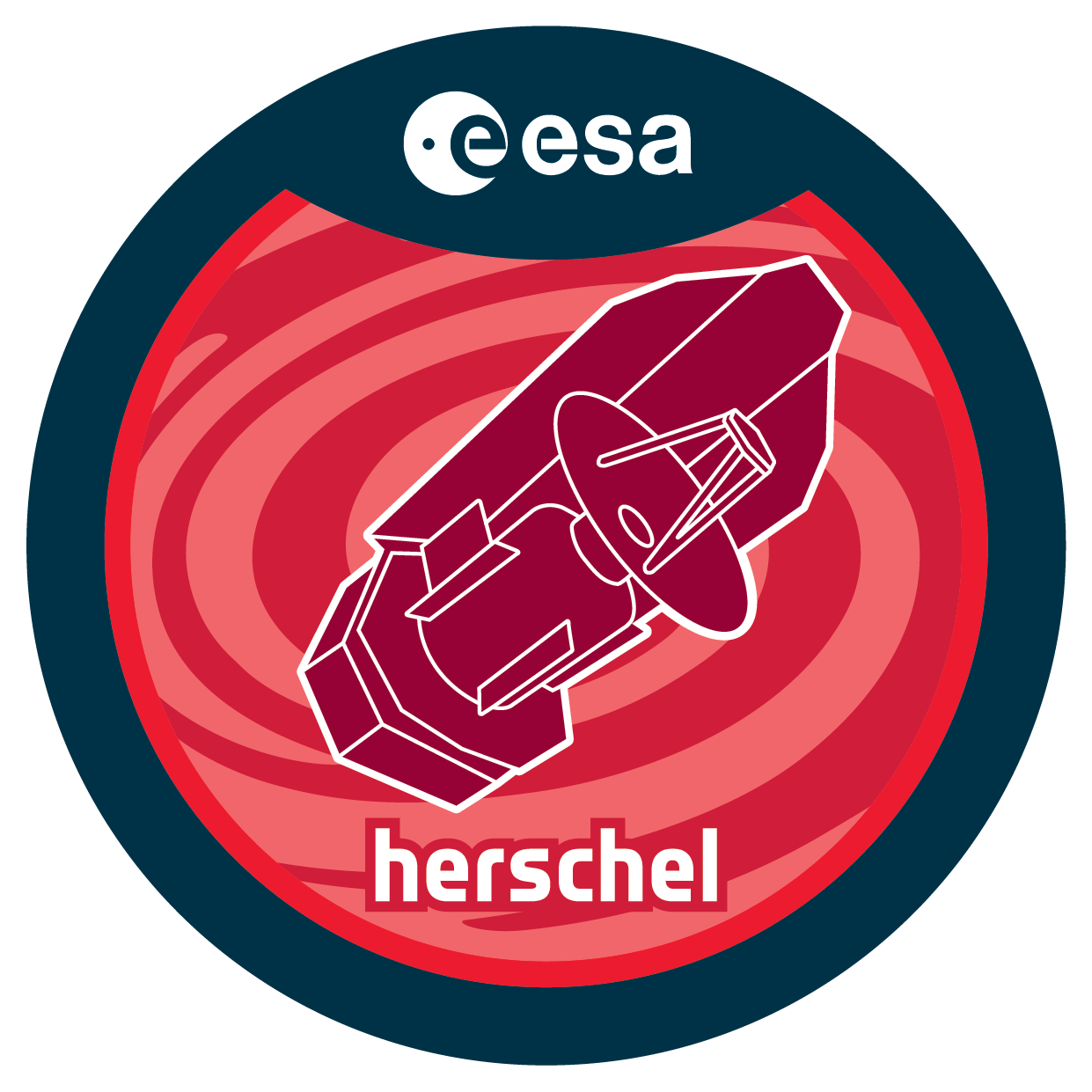| Description |
Gamma-Ray Bursts (GRBs) are so luminous that they can shine through highlyobscured galaxies, nearby and in the remote universe. GRBs enableidentification of galaxies independently of their luminosity, thus singlingout a population that is a potentially powerful probe of galaxy evolution.Here we propose PACS and SPIRE imaging of the host galaxies of dark GRBs, GRBswhose optical afterglow emission is weaker than expected relative to Xrays.Recent work suggests that the main cause of the optical darkness of a GRB isdust extinction and moderate redshift, and their hosts may be a significantcomponent of the GRB host galaxy (GRBH) population at redshifts > 1. Oursample of 13 dark GRBHs has been carefully selected by requiring a priorSpitzer detection, so that we will be ensured of detecting the far-IR emissionwith Herschel. We already have collected a large amount of ancillarymultiwavelength data which will be combined with the Herschel photometry toconstruct spectral energy distributions (SEDs) from the UV to the far-IR.Fitting SEDs with a library of galaxy templates will enable us to derivebolometric luminosities and SFRs, constrain dust mass, dust temperature, andgrain properties, as well as stellar age and mass. We will compare the dustand stellar components of the galaxies, and analyze the GRBHs in the contextof other high-z galaxy populations. Such a program is now possible thanks tothe unique ability of Herschel to study dust emission in galaxies over a widerange of redshifts. Ultimately our proposed study of GRBHs will open a newwindow on the study of galaxy formation and evolution. |

